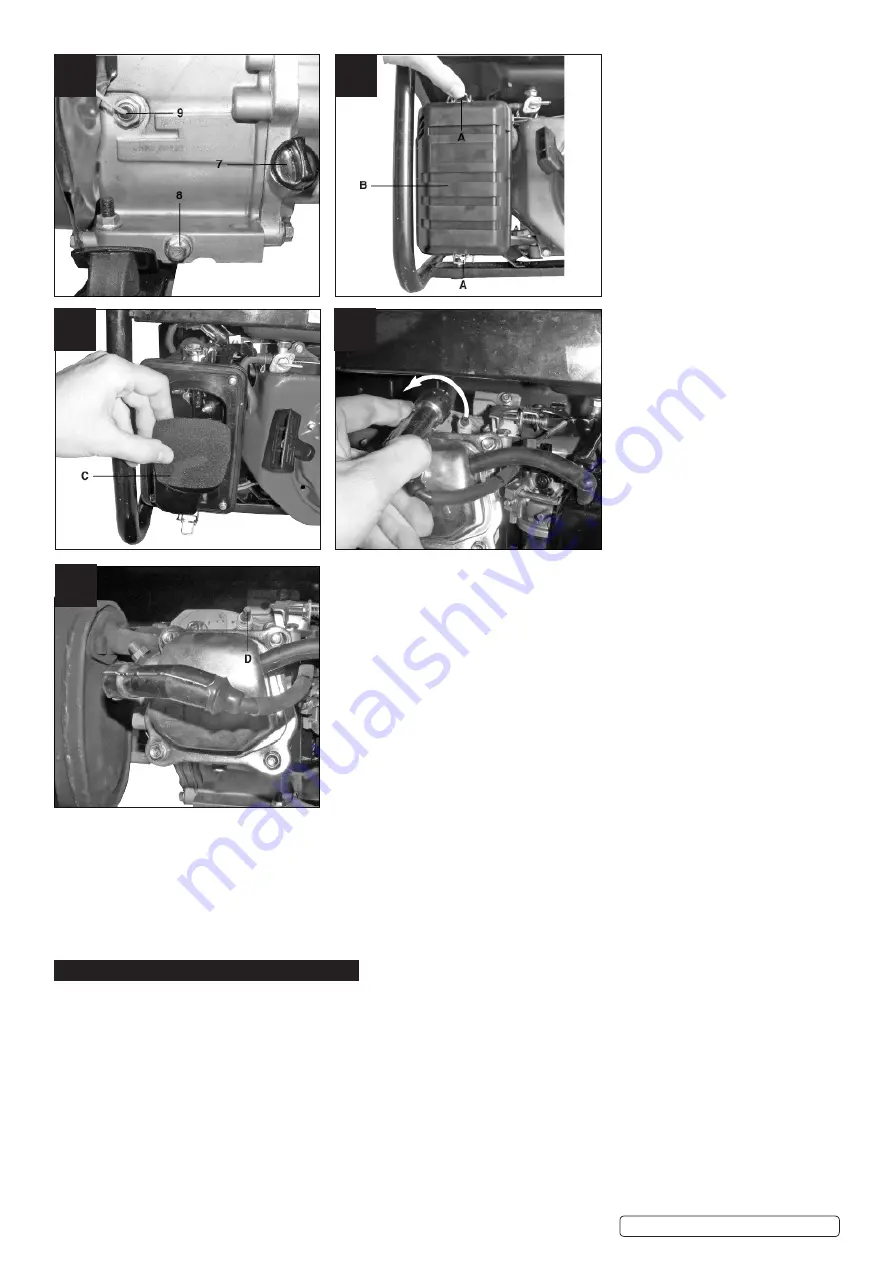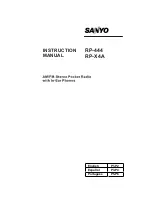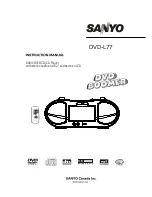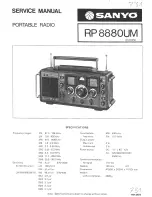
4. SET UP
4.1.
Electrical safety
4.1.1.
Electric supply cables and connected equipment must be in perfect condition.
4.1.2.
The generator is to be operated only with equipment whose voltage specifications conform with the generator’s output voltage.
4.1.3. Never connect the generator to mains power supply.
4.1.4.
Keep the cable length to the connected equipment as short as possible.
4.2.
Earth connection
4.2.1.
The housing is required to be connected to earth in order to discharge static electricity. To do this, connect one end of a cable to the
earth connection on the generator, see fig.3.4 and the other end to an external earth (for example an earthing rod).
5. OPERATION
▲
Important: You must fill up with engine oil (approx.0.6 ltr) and fuel before you can start the engine. See figs.3 & 4.
Oil shortage light will illuminate if engine oil is low, see fig.3.9A.
▲
Check the fuel level and top it up if necessary.
5.1.
Make sure that the generator has sufficient ventilation.
5.2.
Make sure that the ignition cable is secured to the spark plug.
5.3.
Inspect the immediate vicinity of the generator.
5.4.
Disconnect any electrical equipment which may already be connected to the generator.
5.5.
Starting the engine
5.5.1.
Open the petrol tap, see fig.2.13 by turning it down.
5.5.2.
Move the ON/OFF switch, see fig.1.10 to the ON position.
5.5.3.
Move the choke lever, fig.2.11 to position IØI.
5.5.4.
Start the engine with the recoil starter, see fig.2.12 by pulling the handle forcefully. If the engine does not start, pull the handle again.
5.5.5.
Push the choke lever, see fig.2.11 back again after the engine has started.
WARNING!
When starting with the recoil starter, the motor may recoil suddenly as it starts up, resulting in hand injuries. Wear
Original Language Version
© Jack Sealey Limited
4
5
6
7
8
G2201 | Issue 2(SP) - 08/11/16






















